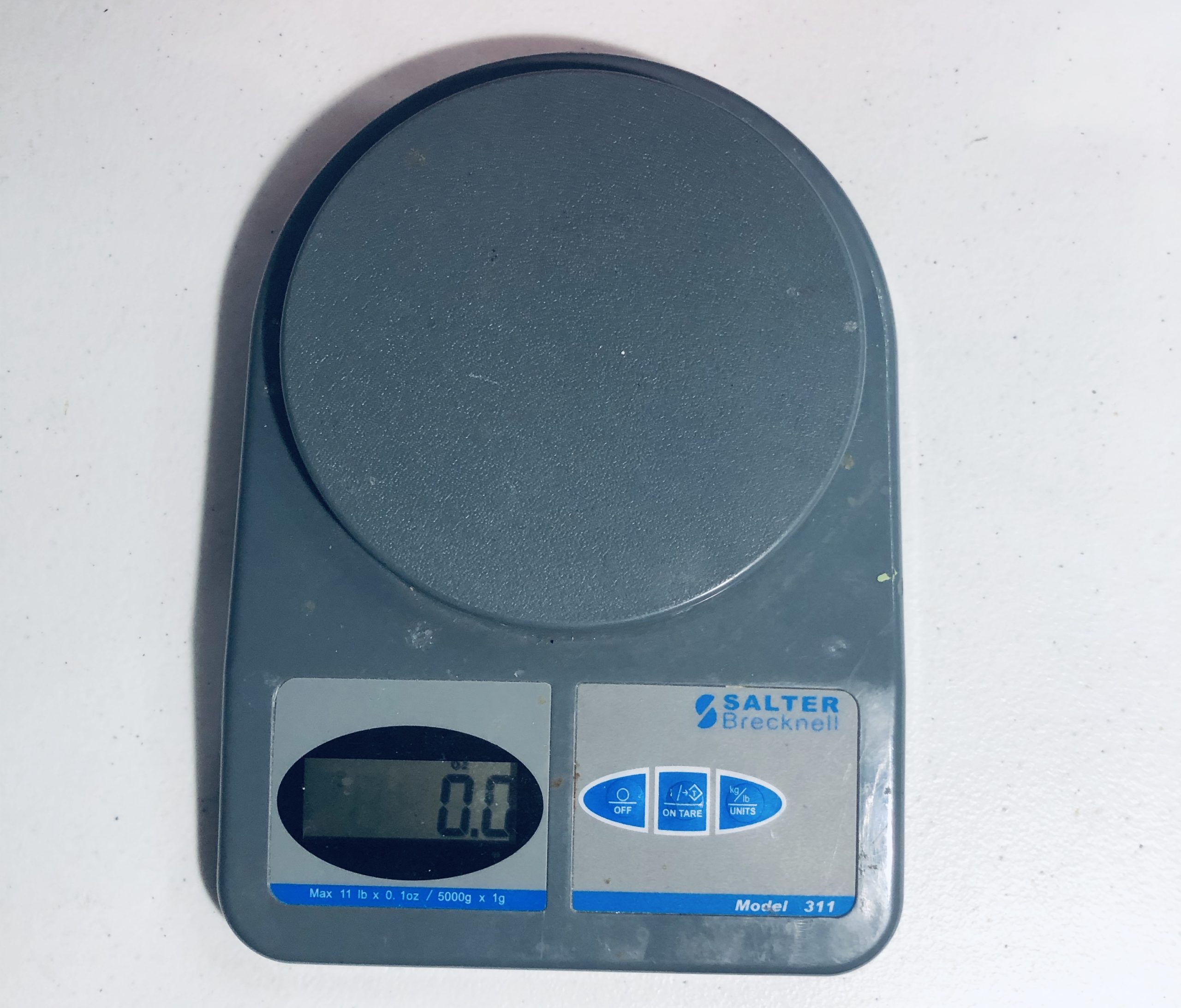A dedicated label printer is an essential tool for Amazon FBA sellers. Quickly printing shipping labels, FNSKU labels, box content labels and other vital tags in-house improves operational efficiency and organization when handling large volumes of inventory.
Choosing a label printer suited to your volume needs, workflow, label sizes, and software integration dramatically speeds up critical labeling processes. No more wasting time with sheets of generic labels and a standard printer.
In this guide, we’ll review the most important label printer features for FBA sellers and recommend great options available on Amazon.com.
Direct Thermal Printers

Direct thermal printers use heat to print on special heat-activated label material. No ink required.
Key Features
- Print speed: Measured in inches per second, higher print speeds like 4-6 ips print labels faster for high volume needs.
- Print resolution: Printers with 200 DPI or higher resolution produce crisp, legible small text and scannable barcodes.
- Label compatibility: They require direct thermal label rolls designed specifically for thermal printing.
- Connectivity: Look for standard interfaces like USB, Ethernet, Bluetooth, and WiFi for flexibility.
- Ruggedness: Commercial grade thermal printers withstand dust and operate reliably in warehouse environments.
Recommended Product
- Rollo Commercial Label Printer – Fast direct thermal printer. WiFi enabled.
Laser Label Printers

Laser printers use toner to print labels on normal paper. Allows using inexpensive plain label sheets.
Key Features
- Print speed: Faster laser printers print up to 30ppm enabling efficient high volume label printing.
- Print resolution: Choose 600+ DPI models for producing labels with sharp legible text and scannable barcodes.
- Label flexibility: Laser printers work with inexpensive plain paper label sheets, compatible with any standard office laser printer.
- Toner costs: Consider toner usage costs for high volume printing. Might outweigh label cost savings.
- Fusing method: Some laser printers offer on-demand fusing so labels don’t curl when printing smaller batches.
Recommended Product
- Brother HL-L2395DW Compact Laser Printer – Reliable laser printer with high resolution text and barcode printing.
Inkjet Label Printers

Inkjet printers provide vibrant color label printing using ink cartridges, but have higher long-term costs.
Key Features
- Print quality: Photo quality color inkjets produce attractive labels with graphics, logos and custom branding.
- Print speed: Standard speeds around 7-10ppm. Prioritize inkjets with faster 15ppm+ speeds for efficiency with high volumes.
- Ink costs: The ink and cartridge costs for heavily used printers add up over time. Calculate cost per label.
- Ink durability: Pigment ink is more water and fade resistant than dye ink for product labels that need to endure handling.
- Maintenance: Nozzle clogging and cleaning requirements mean more maintenance than laser or direct thermal print methods.
Recommended Product
- Canon PIXMA Color Inkjet Printer – Compact and affordable color inkjet printer available on Amazon.com.
Key Label Printer Features
Beyond the print technology, other considerations like connectivity, supported label widths, and software integration play an important role in choosing the right label printer.
Connectivity
Choose from USB, wired network, WiFi, Bluetooth, and USB host connectivity.
- Wired connections provide reliable data transfer for stationary printers.
- Wireless connectivity allows flexible printer placement anywhere in the workspace.
Supported Label Widths
Match label widths to your most common label needs.
- Narrow printers support widths up to 2 inches wide.
- Wide format printers handle widths up to 4-8 inches for large labels.
Barcode Printing
Ensure sharp, scannable barcode printing for FNSKU and shipping labels.
- Higher print resolution produces crisp barcodes.
- Use label stock optimized for barcode labels.
Software Integration
- Select printers compatible with shipping, inventory, order management software you use.
- Check driver and OS support for your computer system.
Investing in an efficient, purpose-built label printer saves hours of precious production time while also minimizing costly labeling errors and misprints. Choose wisely based on your specific workflow needs and volume for a valuable business upgrade.
Recommended Label Printers on Amazon
Here are some top recommended thermal, laser and inkjet label printers available on Amazon suited for high volume FBA labeling needs:
Thermal Printers
- Rollo Commercial Label Printer – Fast direct thermal with wireless connectivity.
- Zebra LP2844 Thermal Label Printer – Reliable with multiple connectivity options.
- Arkscan 2054A Thermal Label Printer – Compact and portable thermal printer.
Laser Printers
- Brother HL-L2395DW Compact Laser Printer – Great for black text and barcode labels.
- HP Neverstop 1202nw Laser Printer – Compact laser with wifi and high capacity toner.
Inkjet Printers
- Canon PIXMA Color Inkjet Printer – Vibrant, photo-quality color labels.
- Epson EcoTank ET-2800 Inkjet Printer – Low cost per label. Refillable ink tanks.
- HP OfficeJet Pro 9025 Inkjet Printer – Versatile all-in-one with high speed and wireless connectivity.
Key Label Types for FBA Sellers
To keep your FBA inventory organized and tracked properly, make sure to print these essential label types for every product.
FNSKU Labels
Amazon requires FNSKU labels to identify products for tracking. Includes unique FNSKU barcode.
- Use official FNSKU label templates from seller central.
- Display prominently on products, boxes and pallets.
Shipping Labels
Print compliant shipping labels for sending inventory to Amazon’s warehouses.
- Include FBA shipment ID barcode, tracking, addresses.
- Display clearly on all boxes.
Product Labels
Custom product labels allow easy identification of what’s inside boxes and on shelves.
- Include helpful info like product name, quantity, manufacturing date, etc.
- Adhere securely on boxes, bags, bundles.
Warning Labels
Warning labels alert about fragile, hazardous or special handling needs.
- Highlight fragile boxes that need gentle handling.
- Note hazardous chemical cleaning requirements.
Getting in the habit of diligently printing and applying these key labels reduces mistakes and keeps your inventory neatly identified as it ships to Amazon’s fulfillment centers.
